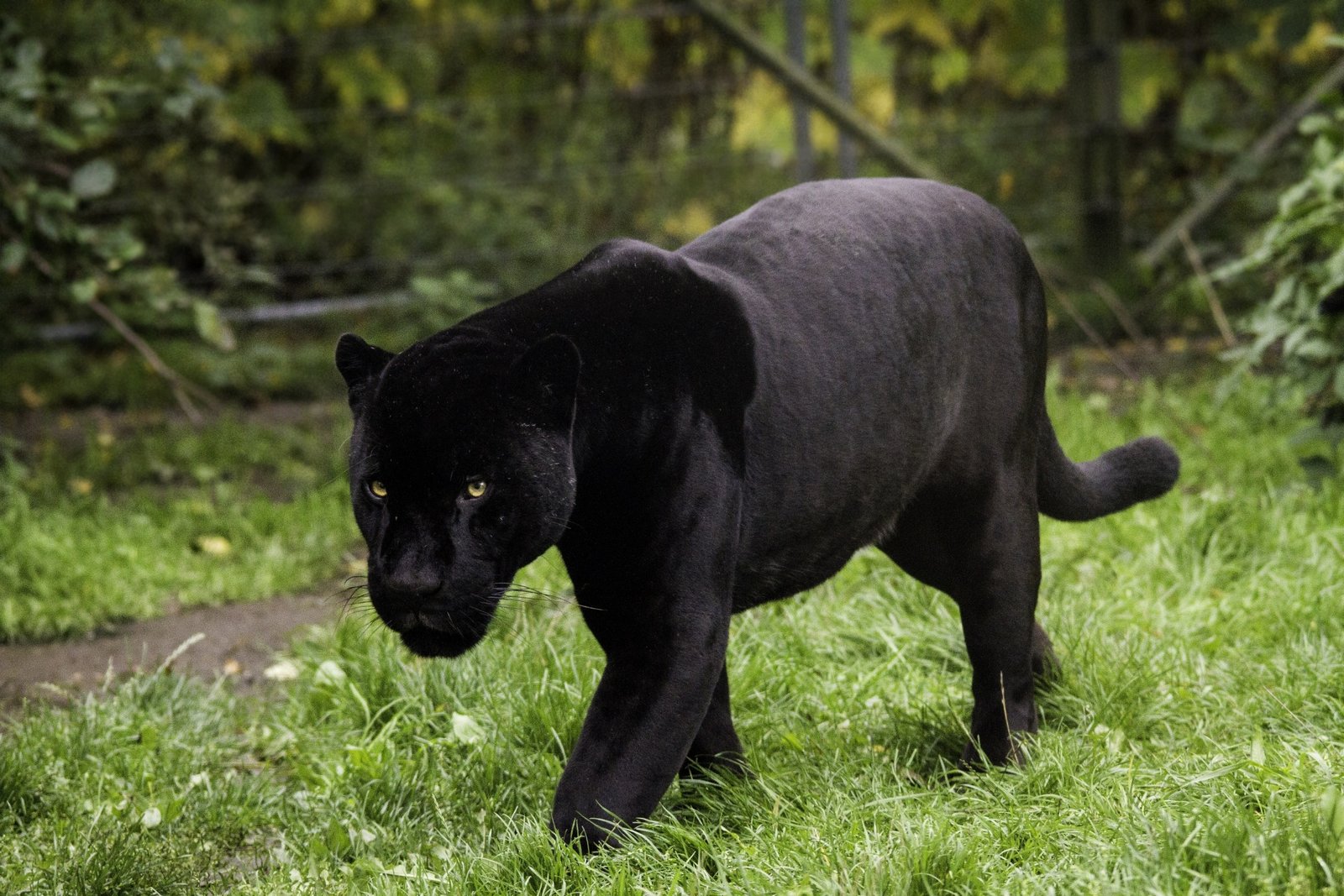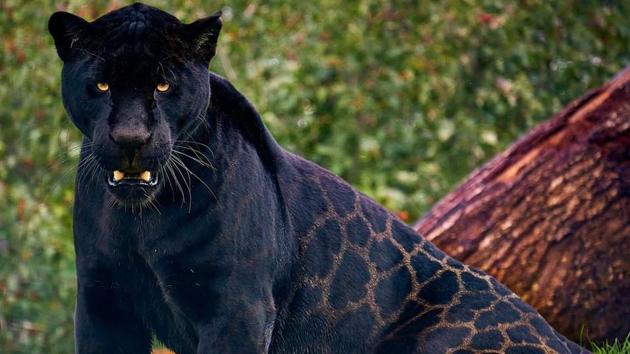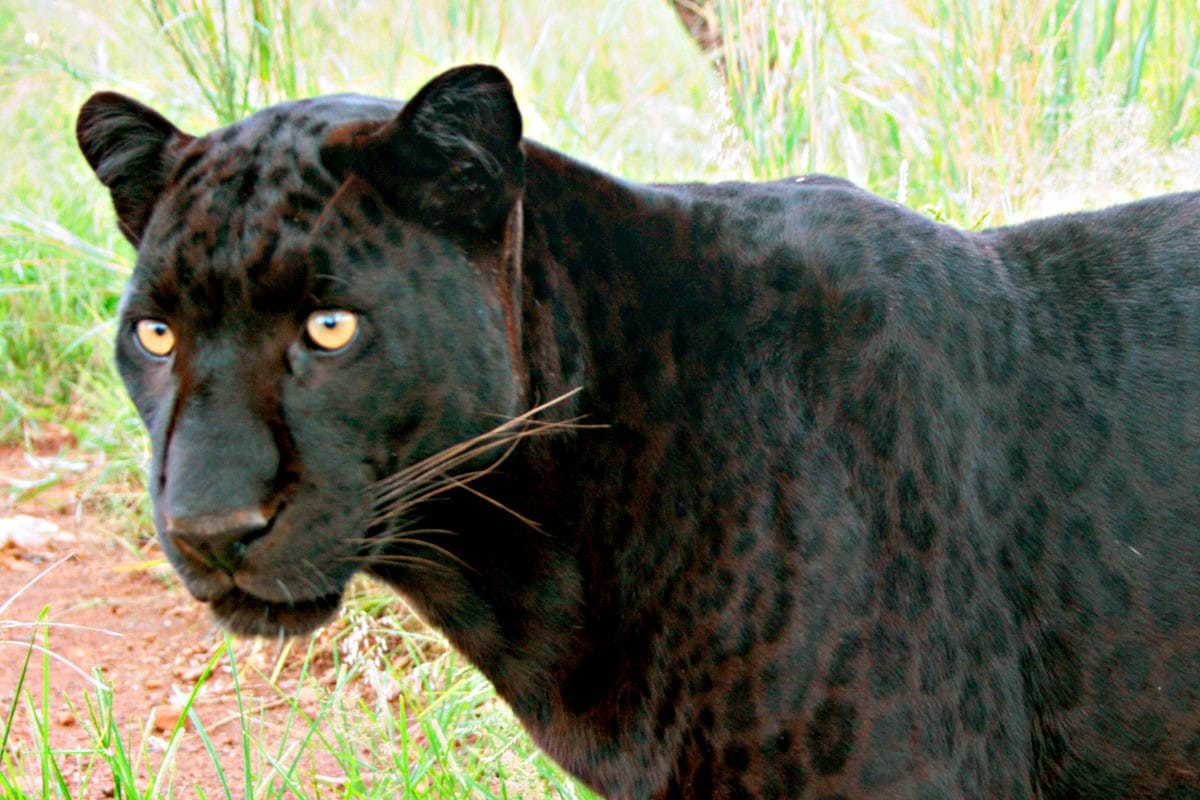
Black Panther Facts
Black puma, a major feline (of any species, however most usually a panther or a panther) whose hue is totally dark. This may have started from the Latin name Panthera for the enormous felines and was presumably abbreviated from Black Panthera to Black Panther.
The Black Panther
The black panther is the common name for a black specimen (a melanistic variant) of any of several species of cats.
Zoologically talking, the term panther is inseparable from Leopard. The genus name Panthera is an (taxonomic category)ordered class that contains all the species of a specific group of felids.
In North America, the term panther is usually utilized for the Puma; in Latin America it is frequently used to mean a Jaguar. Somewhere else on the planet it alludes to the leopard (initially singular creatures with longer tails were considered panthers and others were leopards; it is a typical misguided judgment that the term panther fundamentally alludes a melanistic individual).
Melanism is generally basic in jaguars (Panthera onca) – where it is due to a dominant gene mutation – and leopards(Panthera pardus) –where it is due to a recessive gene mutation.
Close assessment of one of these black felines will show that the average markings are still there, and are essentially covered up by the overflow of the dark color melanin. Felines with melanism can exist together with litter mates that don't have this condition.
In cats that hunt mainly at night the condition is not detrimental. White panthers also exist, these being albino or leucitic individuals of the same three species.
It is plausible that melanism is a good transformative change with a specific preferred position under specific conditions for its owner, since it is all the more usually found in areas of dense forest, where light levels are lower.
Melanism can likewise be connected to advantageous transformations in the immune system.
Black Jaguar

Black Leopard
A melanistic black leopard, or “black panther.” These are the most common form of black panther in bondage and have been specifically reared for quite a long time as shows or fascinating pets (this inbreeding to look good has antagonistically influenced demeanor).
They are more modest and more delicately worked than jaguars. The spotted pattern is as yet obvious on dark panthers, particularly from specific points where the impact is that of printed silk. Skin tone is a combination of blue dark gray and purple with rosettes.
A dark panther(leopard) can hunt and kill animals exceeding them by in excess of 1,350 pounds yet this is uncommon in view of rivalry from tigers and lions.
Black leopards are reported from most densely-forested areas in south-western China, Burma, Assam and Nepal; from Travancore and other parts of southern India and are said to be common in Java and the southern part of the Malay Peninsula where they may be more numerous than spotted leopards.
They are less common in tropical Africa, but have been reported from Ethiopia (formerly Abyssinia), the forests of Mount Kenya and the Aberdares. One was recorded by Peter Turnbull-Kemp in the equatorial forest of Cameroon.
Adult black panthers (leopards) are more temperamental (nervous or vicious) than their spotted counterparts. It is a myth that their mothers often reject them at a young age because of their color.
In actuality, they are more temperamental because they have been inbred (e.g. brother/sister, father/daughter, mother/son matings) to preserve the coloration. The poor temperament has been bred into the strain as a side-effect of inbreeding.
It is this poor temperament that leads to problems of maternal care in captivity as the proximity of humans stresses the mother.
According to Funk And Wagnalls’ Wildlife Encyclopedia, black leopards are less fertile than normal leopards having average litters of 1.8, compared to 2.1. This may be due to their high-strung nature.
Black Puma
Cryptid Status
There are no authenticated cases of truly melanistic pumas. Black pumas have been reported in Kentucky, one of which had a paler belly.There have also been reports of glossy black pumas from Kansas and eastern Nebraska. These are known as the North American Black Panther (NABP). None have ever been photographed or shot in the wild, and none have been bred.
There is wide consensus among breeders and biologists that the animal does not exist and is a cryptid. Sightings are current attributed to mistaken species identification by non feline experts, and memetic exaggeration of size.
Historical Descriptions
In his “Histoire Naturelle” (1749), Georges-Louis Leclerc, Comte de Buffon, wrote of the “Black Cougar”: “M. de la Borde, King’s physician at Cayenne, informs me, that in the [South American] Continent there are three species of rapacious animals;that the first is the jaguar, which is called the tiger; that the second is the couguar [sic], called the red tiger, on account of the uniform redness of his hair; that the jaguar is of the size of a large bull-dog, and weighs about 200 pounds (90 kg); that the couguar is smaller, less dangerous, and not so frequent in the neighborhood of Cayenne as the jaguar; and that both these animals take six years in acquiring their full growth.
He adds, that there is a third species in these countries, called the black tiger, of which we have given a figure under the appellation of the black couguar.”
“The head,” says M. de la Borde, “is pretty similar to that of the common couguar; but the animal has long black hair, and likewise a long tail, with strong whiskers. He weighs not much above forty pounds.
The female brings forth her young in the hollows of old trees.” This black couguar is most likely a margay or ocelot, which are under forty pounds, live in trees, and do occur in a melanistic phase.
Another description of a black cougar was provided by Mr Pennant: “Black tiger, or cat, with the head black, sides, fore part of the legs, and the tail, covered with short and very glossy hairs, of a dusky color, sometimes spotted with black, but generally plain:
Upper lips white: At the corner of the mouth a black spot: Long hairs above each eye, and long whiskers on the upper lip: Lower lip, throat, belly, and the inside of the legs, whitish, or very pale ash-color: Paws white: Ears pointed:
Grows to the size of a heifer of a year old: Has vast strength in its limbs.– Inhabits Brazil and Guiana: Is a cruel and fierce beast; much dreaded by the Indians; but happily is a scarce species;” (Pennant’s Synops. of quad., p 180). According to his translator Smellie (1781), the description was taken from two black cougars exhibited in London some years previously.
Wildlife Diaries Africa




0 Comments
Your Comment Means A Lot!!